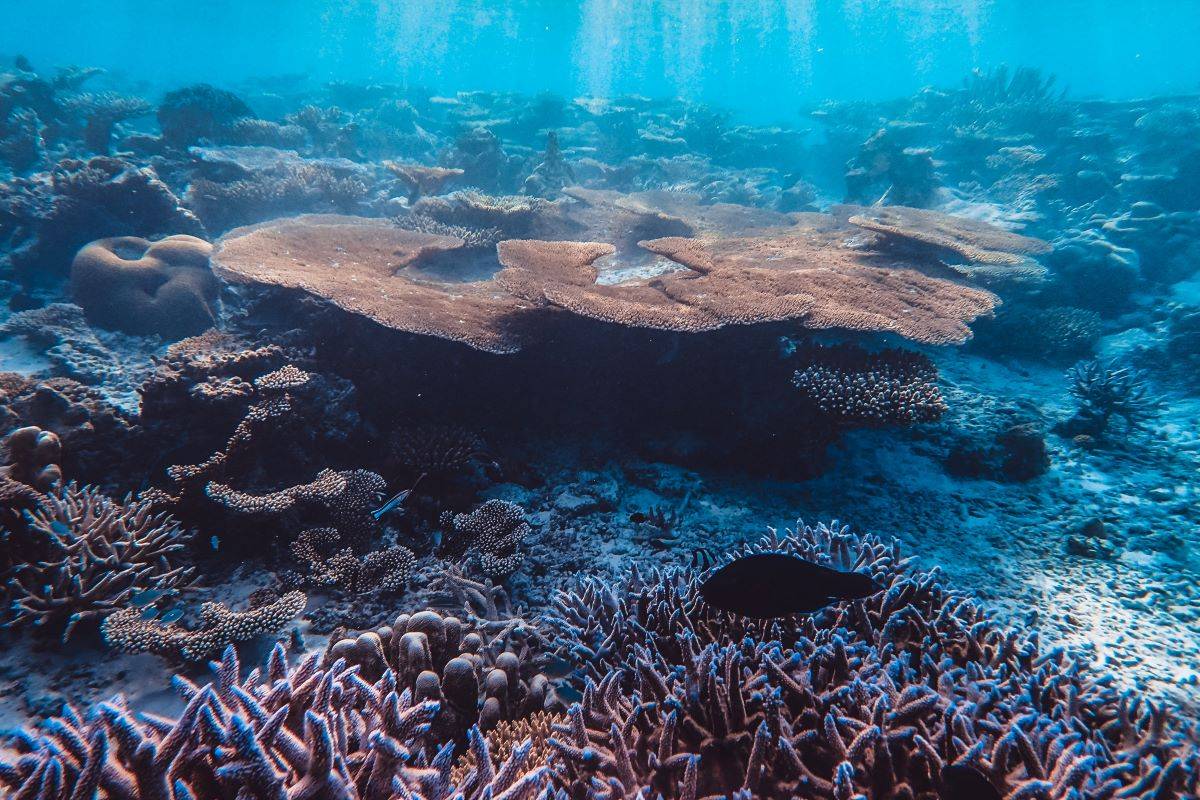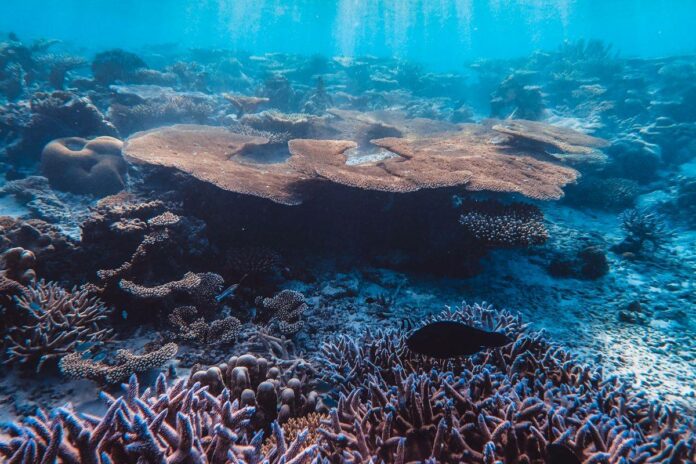
The Department of Fisheries has green-lighted 732 artificial reef units in 10 coastal states to promote sustainable practices in India’s coastal areas. The initiative comes as a part of the “Integrated Modern Coastal Fishing Villages” sub-activity under Centrally Sponsored Scheme (CSS) of Pradhan Mantri Matsya Sampada Yojana (PMMSY), with a total investment of Rs.126 crore. Is.
These projects are being implemented with the technical expertise of Fisheries Survey of India (FSI) and ICAR-Central Marine Fisheries Research Institute (CMFRI). Notably, all the coastal states have completed the site selection process, with Kerala and Maharashtra proceeding to the tendering stage for project completion. All these projects are expected to be completed by January 2024.
This strategic initiative, which focuses on the installation of artificial reefs and marine farming programs in coastal waters, is set to breathe new life into coastal fisheries and replenish fish stocks.
Artificial reefs represent innovative engineering interventions designed to restore and enhance natural habitats, increase productivity, and efficiently manage aquatic resources. Their multifaceted benefits include:
1. Fish collection and habitat: Artificial reefs, like their natural counterparts, act as aggregation points for fish, and provide habitat for them to thrive. These structures also reduce wave damage along beaches, facilitate the regeneration of marine ecosystems, and act as carbon sinks. According to CMFRI, they can lead to a two- to three-fold increase in catch rate and efficiency, resulting in significant fuel and energy savings and higher income for fishermen.
2. Marine Life Support: These reefs provide a solid substrate for various marine life forms, including corals, algae and plankton, to attach and grow. These create favorable conditions for mariculture and serve as spawning and nursery grounds for fish.
3. Recreational and ecotourism opportunities: Artificial reefs enhance recreational fishing and create areas suitable for activities such as snorkeling and diving. It not only promotes local tourism but also reduces conflicts over fishing grounds.
4. Environmental Protection: These structures help limit bottom trawling in nearby areas, aiding in the regeneration of marine ecosystems. Small-scale fishermen also benefit from higher catch rates.
5. Support for non-powered boats: A single artificial reef unit of 300m3 is expected to support 25-30 non-mechanized boats, further enhancing the livelihood of traditional fishermen.
The Pradhan Mantri Matsya Sampada Yojana (PMMSY), launched in May 2020 saw an unprecedented investment of Rs. 20,050 crore, to usher in a blue revolution by promoting sustainable and responsible growth in the fisheries sector.
Over the years, increased fishing activities have harmed coastal fisheries, resulting in severe fishing pressure, loss of fishing grounds due to shallow drift, coastal development, and per capita Production has declined. These challenges have forced fishermen to venture into deeper waters.
First Published: 23 Sep 2023, 08:06 IST
